Jihan Thomas
Where do you live: Philadelphia, Pennsylvania, USA.
Your education: Morgan State University in Baltimore, Maryland.
Describe your art in three words: Colorful, nostalgic and my favorite word and color, Black.
Your discipline: Painting and Drawing.
Website | Instagram @mindsmine3
You work with various mediums, including painting, textiles, and ceramics. What draws you to experiment with such a wide range of materials?
As a young girl who loved art I was always interested in varied materials and mediums. I am a bit of an art monster, and I have always been attracted to everything about art. I decided at an early age to not confine myself in working in one medium. I know my lane and what I am good at; however, I am always interested in sharpening my cipher of creativity and never limiting my expressions.
I am also interested in how the materials can support my ideas and inspirations. When I create, I think of the medium that will best communicate that inspiration so in that way the medium is also crucial to my visual voice. In many ways I look at my art supplies as personalities that have their own language.
Your art often explores themes of Black womanhood, motherhood, and sisterhood. Can you tell us about how these themes are reflected in your latest works?
In my most recent works I have been delving into some more truthful interpretations of my experiences withing my intersectionality of being a mother, a Black women artist and how I show up for my community of Black and Brown women artists. These themes compound on each other, and I have been trying to decipher it visually so that I can sleep better at night.
There are so many things that I am happy about and excited about when it comes to the experience of Black women, but it also comes with things I am enraged about, and I want to express that truth in my artwork. I need my artwork to heal me first. My artwork assists in supporting my survival first. Not my viewer. My art is a place where I do not lie to myself.
These themes are not monolithic, and every lived Black life is different. I have something to add to the Black women aesthetics and trajectory within art history.
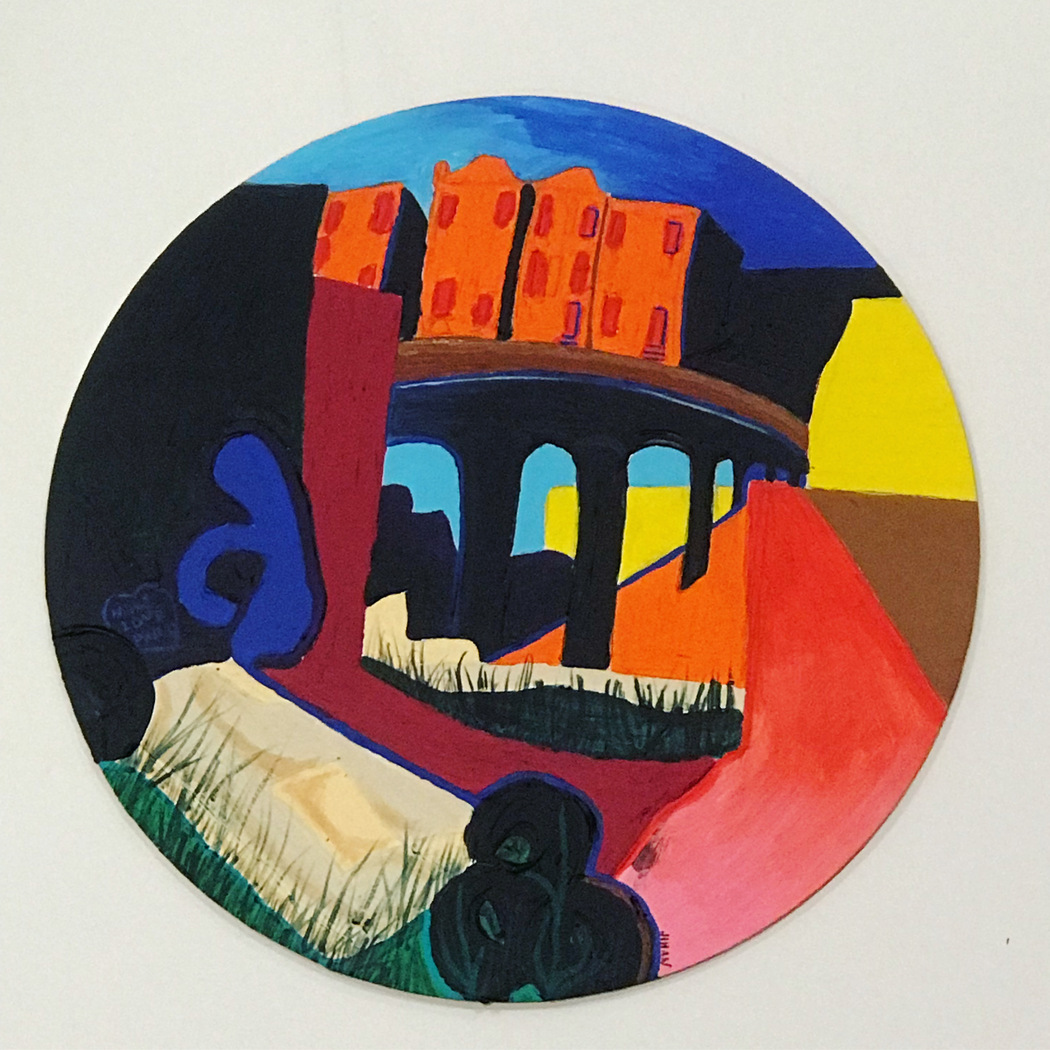 Thomas Jihan, OMW, 2023
Thomas Jihan, OMW, 2023
Your artwork blends Black surrealism, abstraction, and symbolism. What role does surrealism play in conveying messages about Black experiences in your pieces?
I have always loved symbolism and using images to support critical thinking. In my artwork k you may have to work a little hard. Every detail matters. From the texture, color or composition. I strive not to be too literal in my work and I want the viewer to bring their own experiences to my work for their own interpretation.
Abstraction and surrealism allow me to float from various realms and dimensions.
Over the years I have been developing my own visual language and vernacular and I feel like now I am really gaining that in my artwork. In addition, I think daydreaming and aspects of Black imagination have been surveillance, destroyed, and manipulated. My more recent abstractions came about out of pure rage from an experience of disrespect, and I love them sooo much and I am proud of myself for making them and showing them publicly.
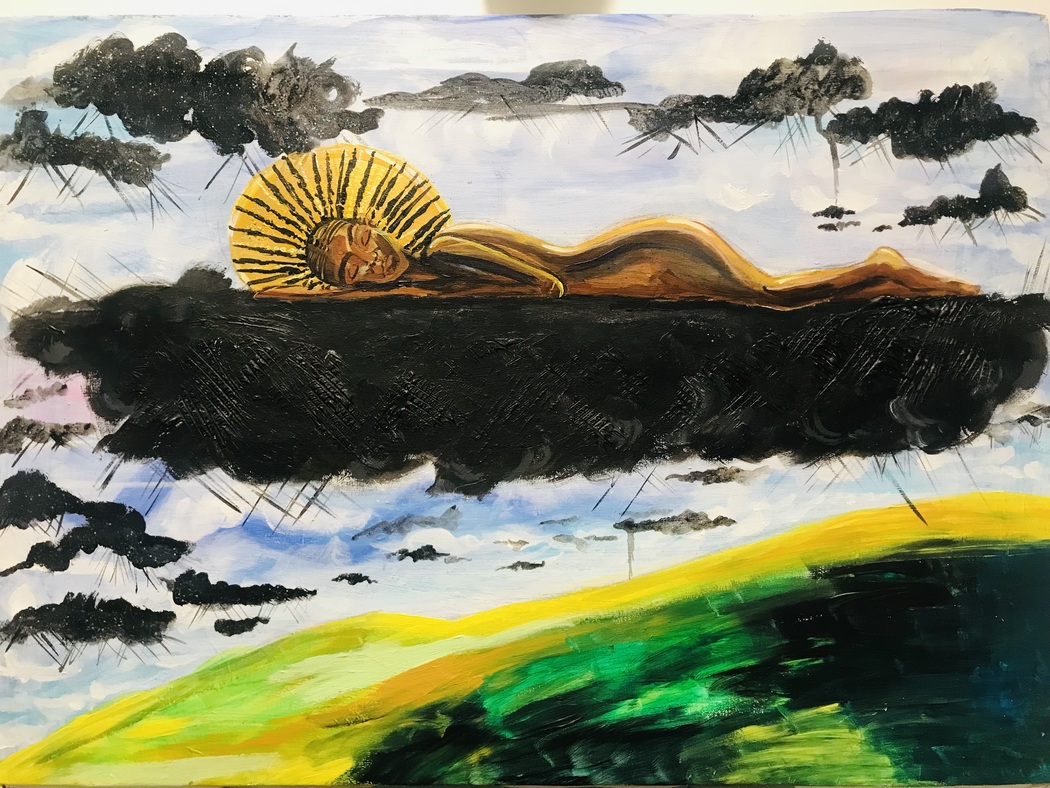 Thomas Jihan, Rest Piles, 2024
Thomas Jihan, Rest Piles, 2024
How does your work as a museum and community arts educator influence your creative process and approach to art?
As both an artist and arts educator I realize not everyone can do both. I am interested in reconnecting how we access and experience not only art and art making but rather creativity.
Research plays a significant role in my creative process. My community and museum art practice are grounded in the fact that everyone lives a creative life in some way, and it is not about the big “ART.” It is more about how we can use art to interpret our lives, feelings, and aspirations. The process of imagination is a powerful one and I would like to share that excitement with others.
In addition, there are still A LOT of structural barriers to understanding art, how we think art is made and its relationship to who gets to live the “artist life” with ease. I want to be able to model to youth and my peers that museums are not the authority on the arts, but someone who lives life every day is.
Ecology and disability are also themes you explore. How do you approach integrating these concepts into your visual language?
I have always been interested in the Earth. She is a superstar, and I imagine her a Black essence. In my artwork I discuss the importance of environmental justice, ecofeminism and how it pertains to communities of color. I often use aspects of the earth as a synonym for topics within Black womanhood, the Black body, femininity, and labor.
My intersections of chronic pain and art are at the forefront of my experiences. They can never separate. In many ways it is very difficult for me to do my art because of being stuck in cycles of anguish.
I am always saying my sketchbook saves my life because when I am in the most pain, I can keep a small sketchbook and try to pour my pain into the pages. It has only been in the last few years that I have been more openly visual about my chronic pain and how it relates to my art process.
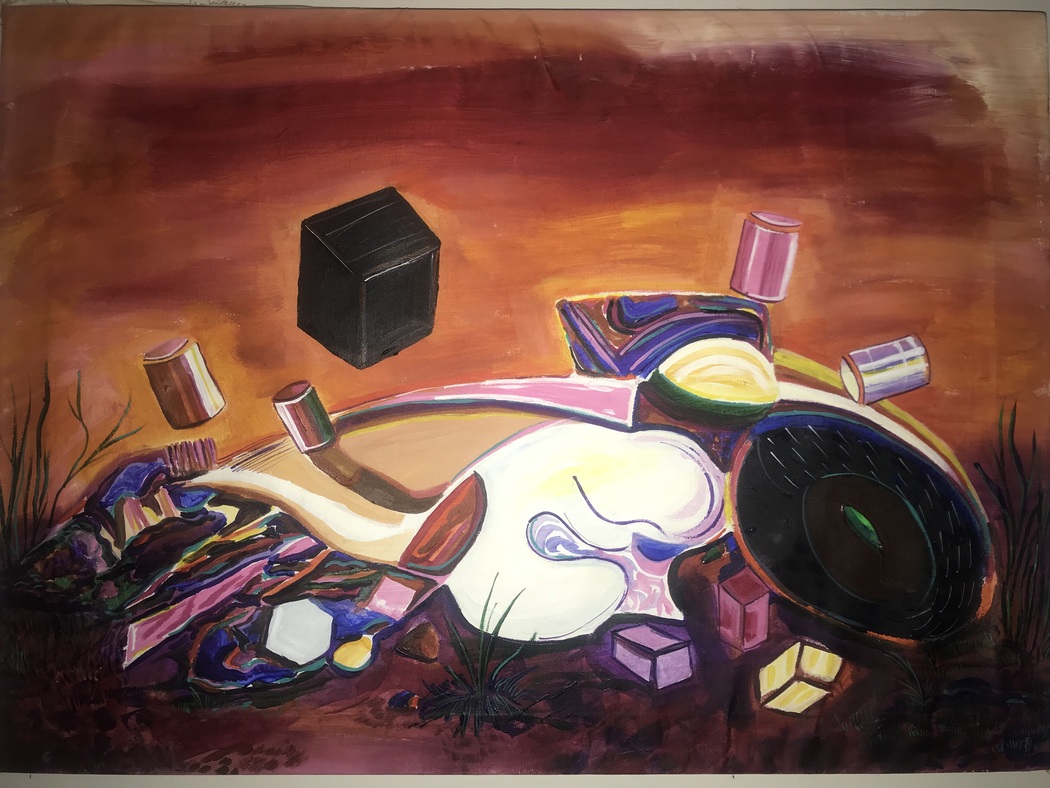 Thomas Jihan, Hoodscape, 2023
Thomas Jihan, Hoodscape, 2023
As an artivist, how do you see the intersection of art and activism in your work? What changes or conversations do you hope to spark through your art?
Art has always been a part of the revolution. Artists and creatives of all kinds have been a part of amplifying historical events that have changed history. Everyone has a part to play and so do artists.
In my artivism practice I do my best to offer and serve with the skill sets I have to support my city and community to bring a visual component to the matter at hand. This can come in the form of murals, posters, or community workshops. I have found that the arts and art making can be a restorative and a responsive way to cope with feelings when things are exciting and optimistic or scary and dangerous.
What advice would you give to young Black artists who are starting their creative journey, especially those interested in using their art as a form of empowerment?
Advice I would give younger Black artists would be to get into a habit of consistency and discipline. Art is a long game, and it can take time to develop so having the discipline to be consistent can be crucial whatever that looks like for the individual.
I would also suggest reading about art, writing about your art regularly, and try to see art. Black people have been making art and we stand on the shoulders of these artists today. Writing about your own work is important to record our process and ideas so that the narratives in your work are primary. Lastly, I would say to experiment with a variety of mediums to hone your craftmanship.
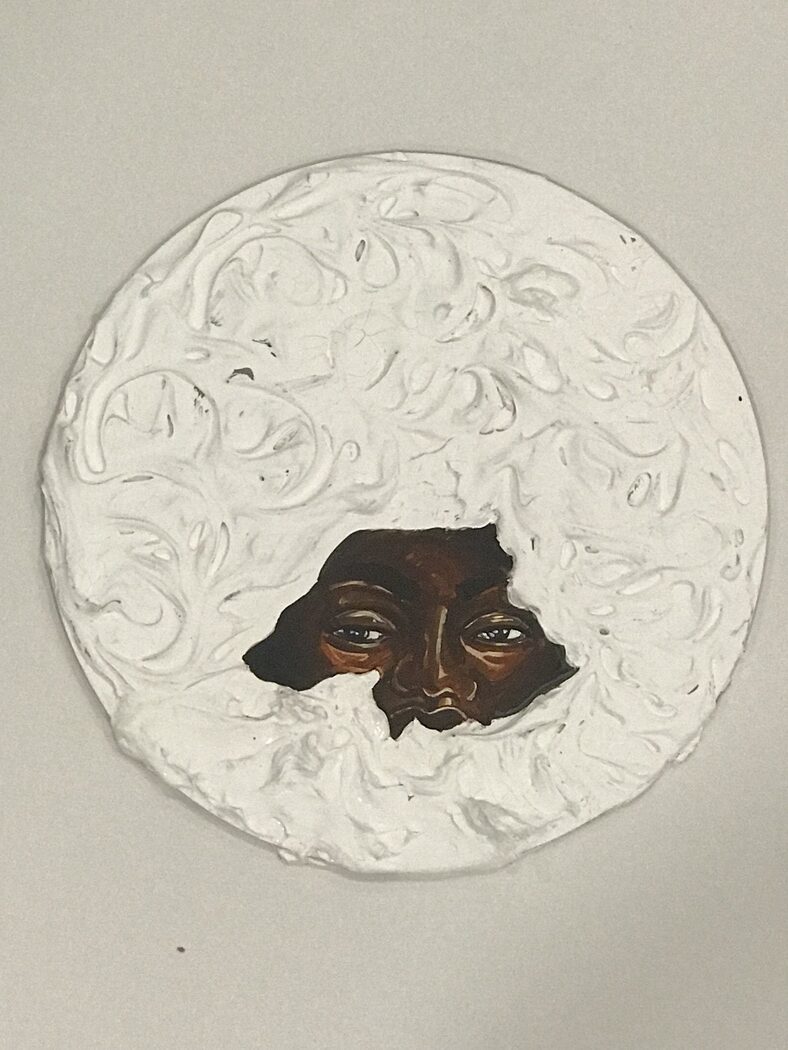 Thomas Jihan, What I Will Let You See, Cuz You Can’t Handle The Rest-2, 2024
Thomas Jihan, What I Will Let You See, Cuz You Can’t Handle The Rest-2, 2024

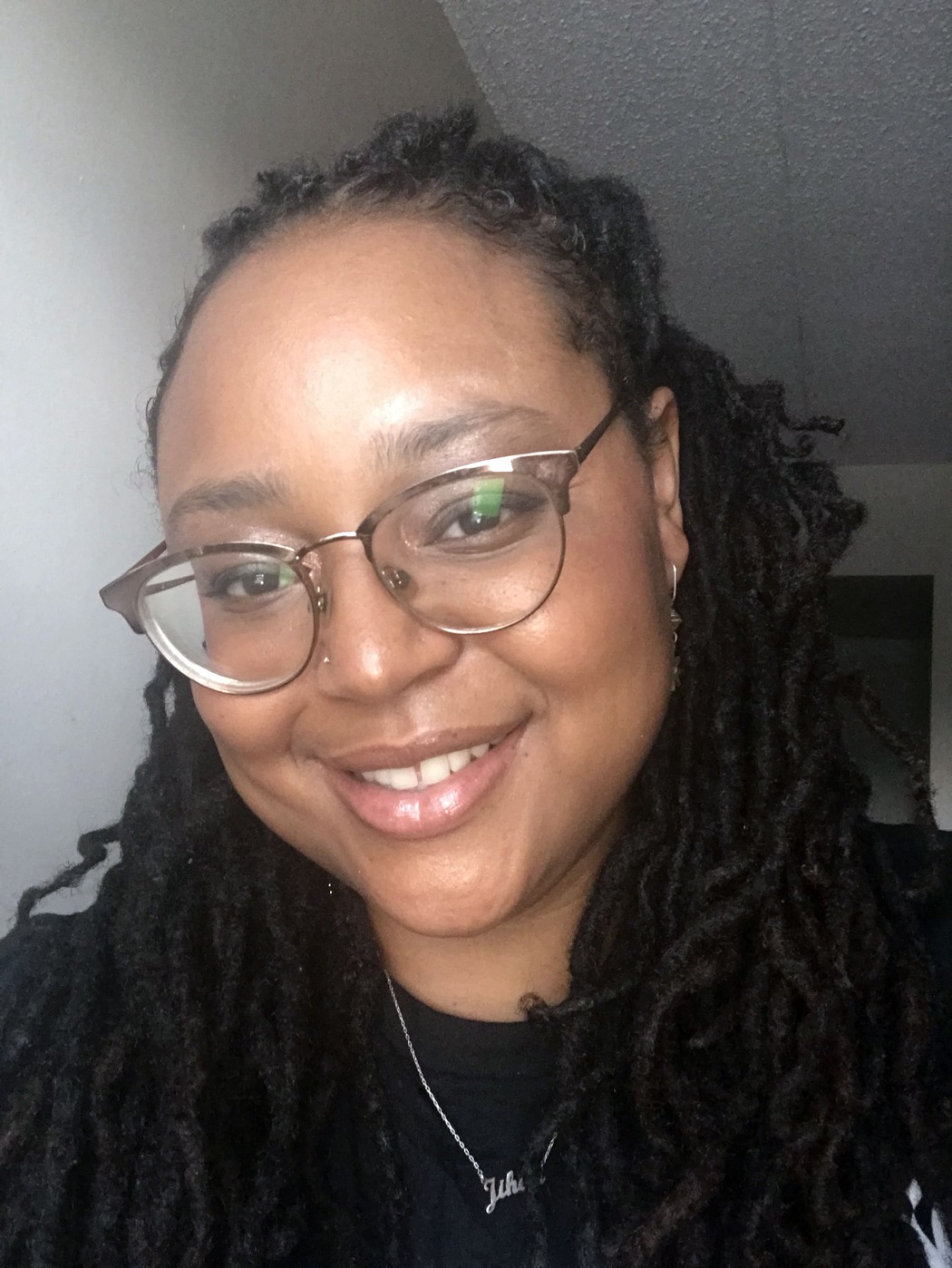
Leave a Reply
You must be logged in to post a comment.